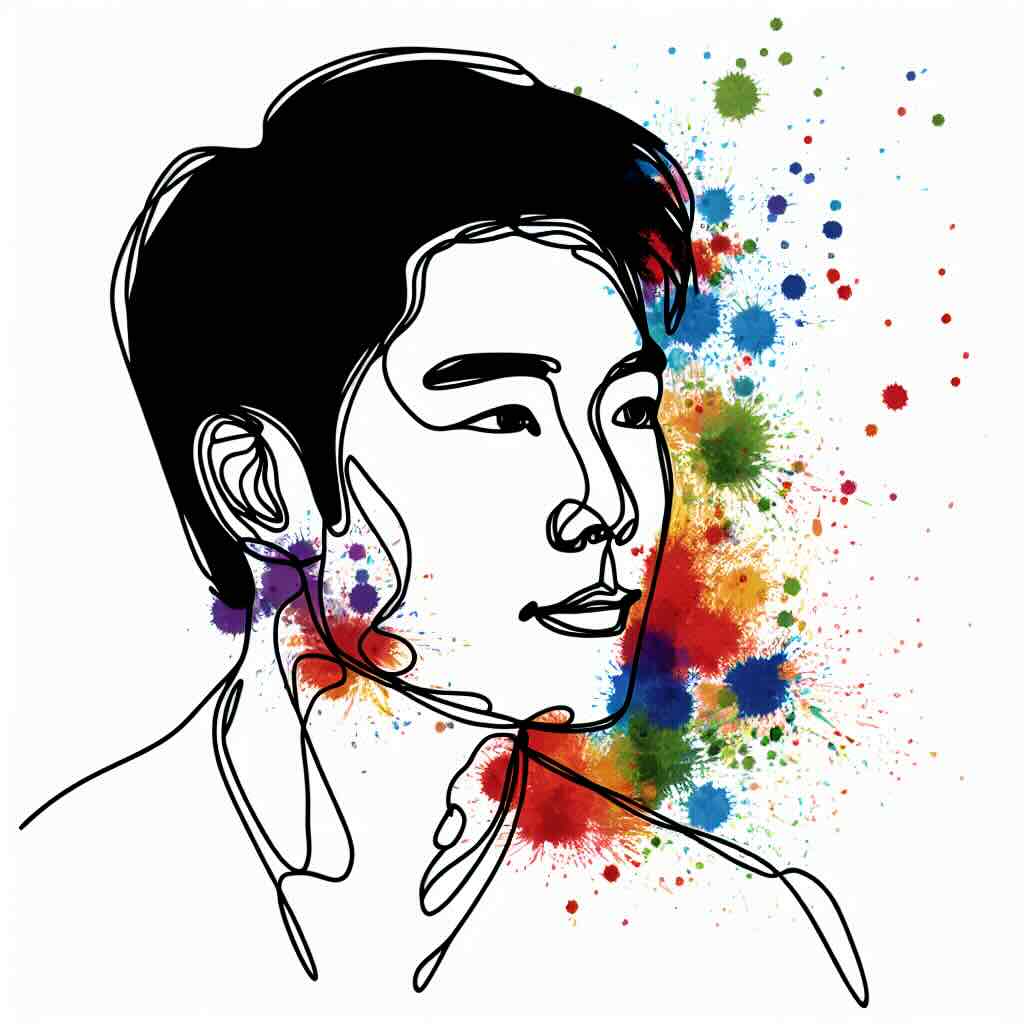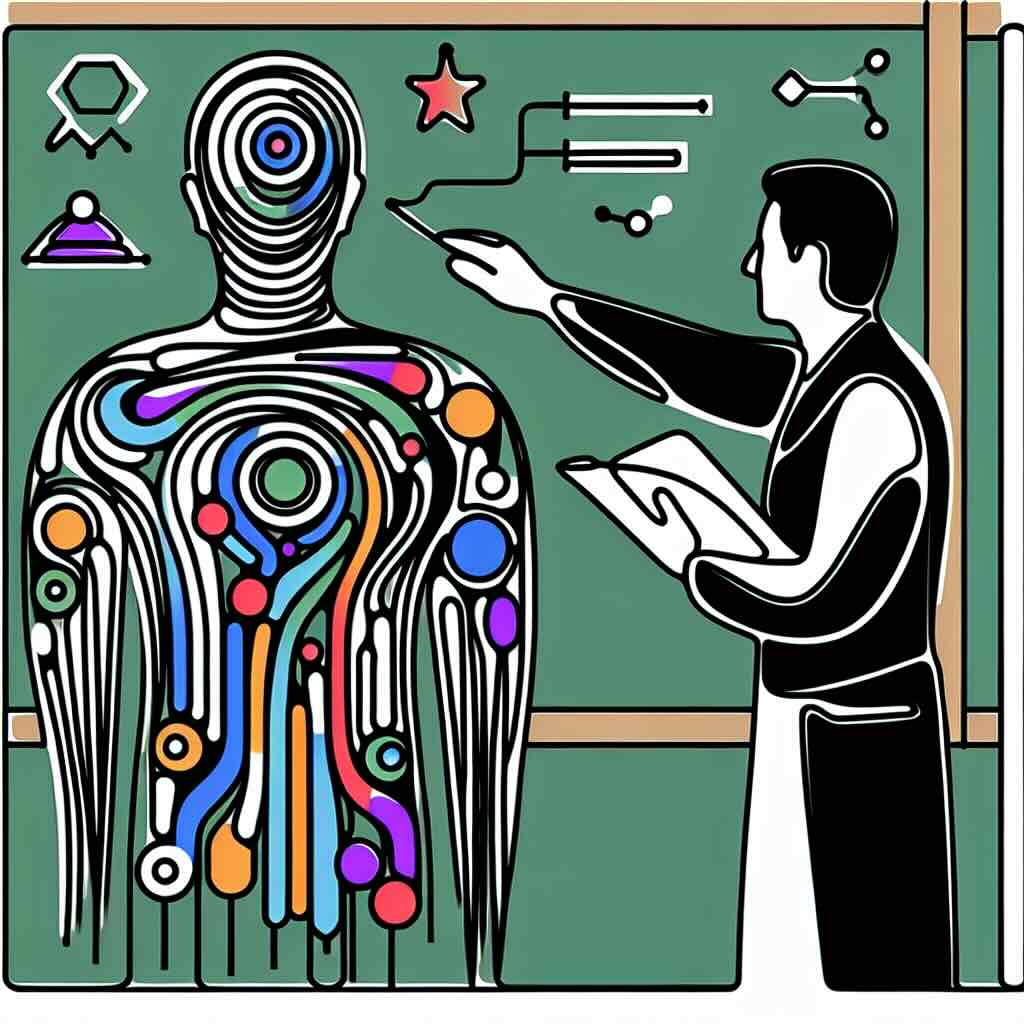Agile methods depicted as a looping, spiral, to show the overlaps between stages and the non-linear nature.
Dive into the transformative world of Agile methodologies and learn how to implement these nimble practices into your instructional design projects for greater efficiency, collaboration, and content quality. Discover how to navigate the challenges and reap the benefits of an Agile framework in your learning design endeavours.
Table of Contents
1. Understanding Agile in Instructional Design
2. Core Benefits of Agile Methodologies for Learning Designers
3. Navigating the Risks of Agile Implementation
4. Quick Exercise: Starting with Agile Today
5. Conclusion and Call to Action
6. Related Topics
Understanding Agile in Instructional Design
Agile methodologies, originally developed for software development, focus on iterative progress, collaboration, and flexibility. In instructional design, Agile can revolutionise your projects by enabling continuous improvement and responding quickly to feedback. Agile emphasises breaking down work into small, manageable increments and promoting frequent reassessment of project goals. Key secondary keywords like "Scrum," "Sprints," and "Kanban" become part of daily vocabulary as teams navigate through these iterative cycles.
Core Benefits of Agile Methodologies for Learning Designers
Agile methodologies offer significant advantages in instructional design. Firstly, increased flexibility allows for rapid adaptation to changing requirements or feedback. This ensures that learning experiences remain relevant and effective. Secondly, the frequent collaboration among team members and stakeholders enhances communication and ensures alignment with project goals. Lastly, continuous assessment and iterative development lead to higher-quality deliverables, as issues are identified and solved early in the development process. These benefits are a game-changer for maintaining the relevance and efficacy of instructional content.
Navigating the Risks of Agile Implementation
While Agile offers numerous benefits, it also poses challenges that require careful management. One major risk is scope creep, where continuous iterations can lead to ever-expanding project parameters. Another risk is the potential for team burnout due to the rapid pace and constant demand for deliverables. Additionally, Agile requires a cultural shift towards more collaborative and less hierarchical structures, which can be challenging for teams accustomed to traditional project management models. Understanding these challenges early on and planning mitigation strategies can help in successfully adopting Agile methodologies.
Quick Exercise: Starting with Agile Today
To start with Agile methodologies, try a Scrum-inspired exercise today:
1. Define a Small Project: Choose a small instructional design task to apply Agile principles, such as creating a single learning module.
2. Create a Backlog: List all tasks needed to complete the module.
3. Implement a Sprint: Allocate a short, manageable period, like one week, to complete as many tasks from your backlog as possible. Review your progress at the end and adapt as necessary.
This simple exercise helps you become accustomed to iterative planning and execution, laying the groundwork for broader Agile adoption.
Conclusion and Call to Action
Agile methodologies can significantly improve the way instructional design projects are managed and executed. With benefits like increased flexibility, better communication, and higher quality content, the Agile approach is worth exploring. To get started on your Agile journey:
1. Educate Your Team: Share Agile principles with your team to foster understanding and buy-in.
2. Start Small: Initiate a small project using Agile practices to demonstrate the benefits.
3. Seek Feedback: Continuously gather feedback and iterate on your processes to refine your Agile approach.
Related Topics
1. Project Management Best Practices in Instructional Design
2. Effective Team Collaboration Tools for Learning Designers
3. Integrating Technology in Instructional Design Projects
4. Design Thinking in Instructional Design







